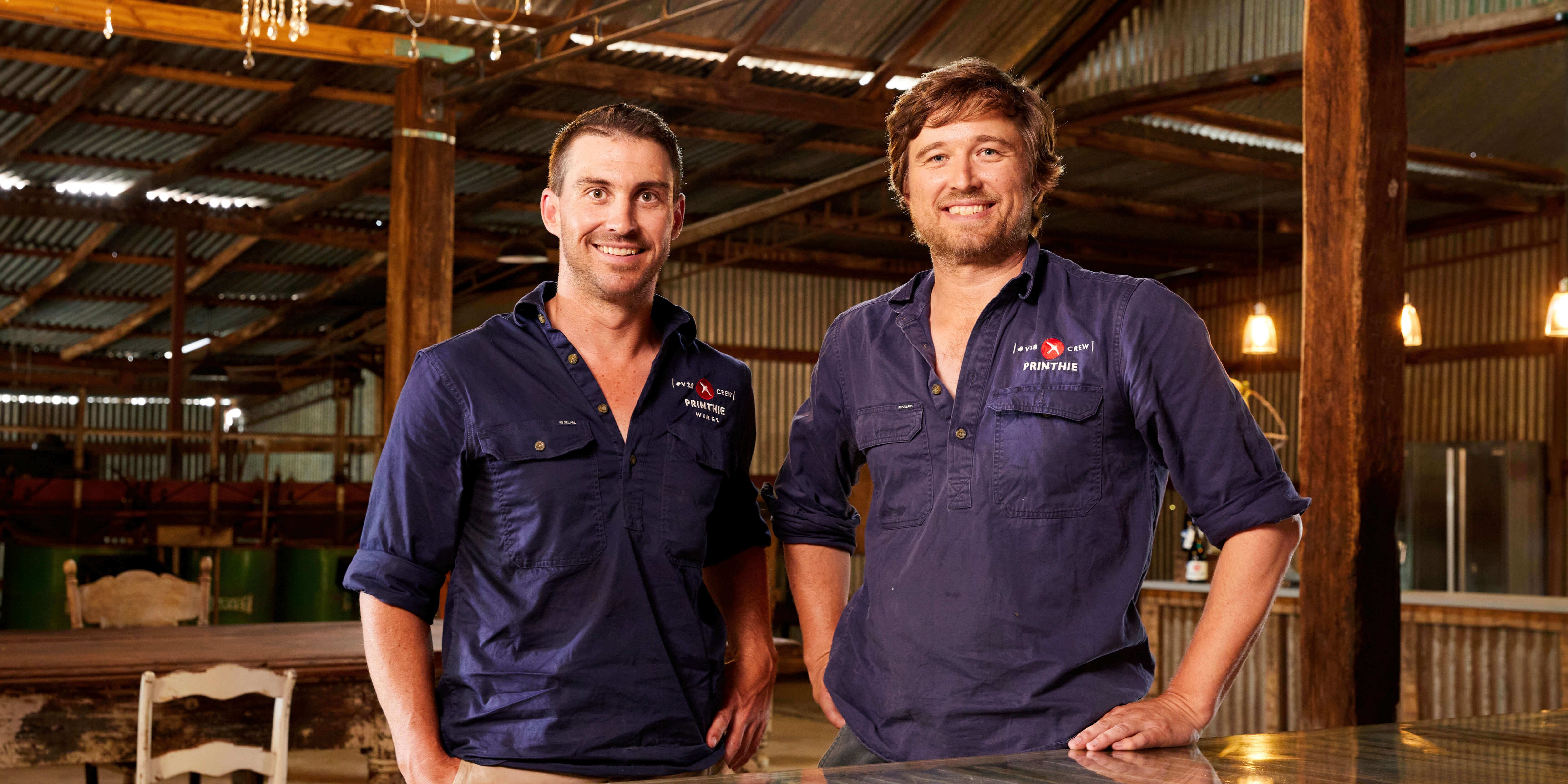18 May 2022
The fundamental design for the next generation of regional climate projections has now received a ‘seal of approval’ following successful completion of the international journal peer review process. Delivered through the world-class NSW and Australian Regional Climate Modelling (NARCliM) project, the next generation of regional climate data known as NARCliM2.0, integrates the latest available climate science to capture climate futures with even more accuracy than ever before.
At the heart of this design work is the selection of global climate models (GCMs) delivered through Phase 6 of the Coupled Model Intercomparison Project (CMIP6). CMIP6 GCMs underpin the most recent Intergovernmental Panel on Climate Change’s Sixth Assessment Report. CMIP6 represents an advancement on earlier generations of GCMs in terms of the larger numbers of participating modelling groups, available future greenhouse gas (GHG) concentration scenarios, and with an incremental increase in spatial resolution and some improvements in the simulation of the current climate.
To yield climate information relevant for climate adaptation planning at regional scales, our researchers must further process the GCM outputs using a technique known as dynamical downscaling. But because it’s expensive to run dynamical downscaling of GCMs, downscaling uses only a subset of GCMs, necessitating careful GCM selection.
The evaluation process our researchers used to select which GCMs to include for downscaling in NARCliM2.0, was vetted through an external peer review process, and is now successfully published in a leading high impact journal. Publication of this article recognises the high quality science of the NSW Government, and as a result NARCliM2.0. will confidently deliver state-of the art downscaled climate projections for NSW and Australia.
The paper: ‘Selecting CMIP6 GCMs for CORDEX Dynamical Downscaling: Model Performance, Independence, and Climate Change Signals’ is published in the journal Earth’s Future.
If you would like to read more about the development of NARCliM2.0, please read the article: ‘New regional climate projections for south east Australia using latest climate models’
Recent news

The argument about ‘why’ we must adapt our communities to climate change has been settled. The big question now is how will we do it and who will pay?

Listening to the voices of First Nations people can help us learn to live through climate change.

The NSW Government has published a set of resources to support Aboriginal landholders and managers who are considering carbon projects and the potential cultural, environmental, social and economic benefits they can bring.
